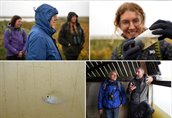KIMA Conference Newsletter 2022
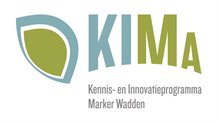
Now available: KIMA results! Read all about the international conference held from 12 to 14 November 2022. The conference was about sharing lessons learned at Marker Wadden, but also about exchanging knowledge on lake restoration worldwide. View online version
Minister Harbers: 'We need new insights'
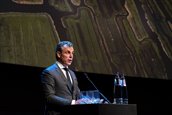
'This new knowledge is of great value for the reform of general water management in the Netherlands.'
'Ten years ago Marker Wadden was nothing more than a dream'
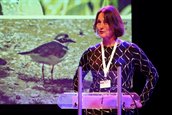
From 12 to 14 November the international KIMA-conference was held in the Netherlands. The conference was about sharing lessons learned at Marker Wadden, but also about exchanging knowledge on lake restoration worldwide. 'Ten years ago Marker Wadden was nothing more than a dream'
'Marker Wadden are an icon of the Building with Nature philosophy'
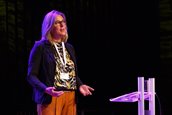
Katja Portegies, Director of Water and Safety at Rijkswaterstaat, already had the opportunity to visit Marker Wadden twice. The natural islands have been constructed with excess sediment from the Markermeer. 'It’s a wonderful place to experience nature, especially because there are almost no buildings. Birds are all around and life above and below water started to flourish in no time," she says.
'Research is the backbone for the right decisions'
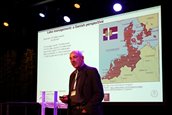
Martin Søndergaard from Aarhus University shared his perspective on lake restoration from a Danish perspective. The researcher draws strong parallels between Denmark and the Netherlands. “There are many similarities. Both countries have countless shallow lakes and have very intensive agricultural land use with lots of cattle. That’s why we must expect that our ecosystem is affected by human activity”, he says.
“Sediment is a highly underestimated building block”
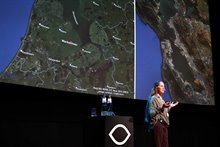
Brenda Goeden, program manager at San Francisco Bay Conservation and Development, shares examples of ecosystem restoration through the reuse of sediment in California. In San Francisco Bay Area many plans were launched to change the natural dynamics of the estuary and most of them involved large-scale land reclamation. One of the plans was to fill the bay with sediment to change it to a river system, tells Goeden who is happy the plan never came through. “A huge scale model of the bay with all the streams was built, which helped not to go through with this plan.”
“Only 5 percent of funding goes to Nature-based Solutions”
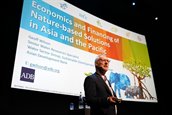
Geoff Wilson from the Asian Development Bank (ADB) gives insight into how they finance Nature-based Solutions (NbS) and how co-benefits can be quantified. The Asian Development helps to fund different projects throughout Asia and ‘pushing’ NbS is high on their agenda, but Geoff Wilson sees that upscaling can be difficult. He points out that currently, only 5 percent of all the funding for water-related infrastructure goes to Nature-based Solutions. “The problem is how to finance it and to determine who is going to pay for what. We find that there is still a lack of awareness about the advantages of NbS.”
Results and reports
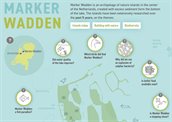
For all reports, results, speeches, keynotes and presentations visit:
Media attention
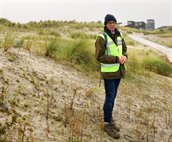
The presentation of the results received a lot of attention in Dutch media.
